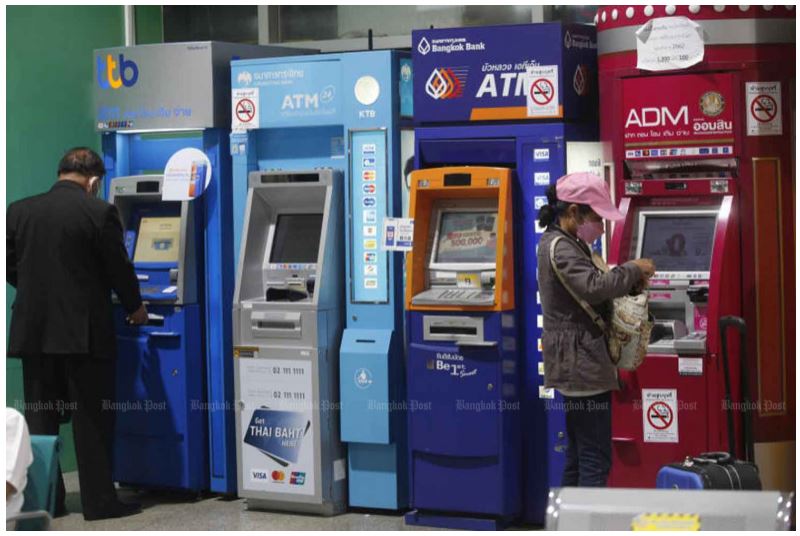Thailand: Banks report dip in NPL ratios
Banks posted lower non-performing loan (NPL) ratios in the third quarter this year thanks to the economic recovery and appropriate risk management under their debt relief programmes.
The commercial banking sector reported an NPL ratio of 2.77%, representing a total of 503 billion baht in the third quarter, down from 2.88% and 530 billion, respectively, in the previous quarter.
The improvement in the NPL ratio was mainly attributed to the better asset quality of corporate borrowers, especially in the commerce and manufacturing sectors, in line with the country’s economic recovery, said Bank of Thailand senior director Suwannee Jatsadasak.
The NPL rate for corporate banking business fell to 2.83% in the third quarter this year from 2.96% in the second quarter.
Over the same period, commercial banks’ NPL ratio for corporate firms with a credit line of more than 500 million baht dropped to 1.88% from 2.09%, while the NPL ratio of small and medium-sized enterprises with a credit line of less than 500 million baht declined to 6.78% from 7.01%.
Ms Suwannee said the country’s economic recovery as well as the loan portfolio management of the banking industry, including their debt restructuring under assistance programmes and the banks’ sales of NPLs to asset management firms, resulted in the fall in distressed debt.
The NPL ratio of consumer loans in the third quarter this year declined in most categories except auto loans, dropping for overall retail loans to 2.62% from 2.69% quarter-on-quarter.
The NPL ratio of housing loans fell to 3.25% from 3.38%, while for credit cards it dipped to 2.46% from 2.68%, and for personal loans it fell to 2.22% from 2.35%.
In contrast, the NPL ratio of auto loans rose to 1.66% in the third quarter this year from 1.48% in the previous quarter, mainly because of the end of debt relief programmes.
“NPLs in the banking industry will stay elevated, but at an insignificant level amid an uneven economic recovery,” she said.
“Banks need to take care of some vulnerable borrowers using long-term debt restructuring.”
Some individual borrowers needed to rejoin debt relief programmes after rising inflation spiked their cost of living, said Ms Suwannee.
Source: https://www.bangkokpost.com/business/2443169/banks-report-dip-in-npl-ratios


 Thailand
Thailand




